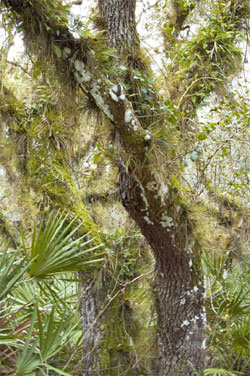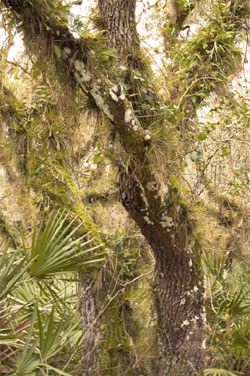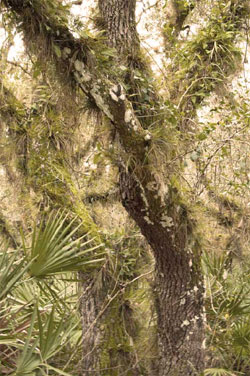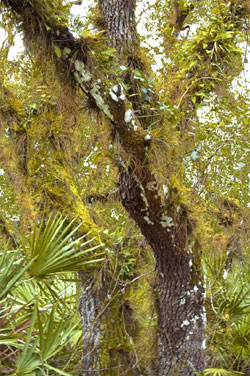Filters and Digital SLRs: Why Color Controls Might Make Most Filters Obsolete
![]()
Filters and Digital SLRs: Why Color Controls Might Make Most Filters Obsolete
by George Schaub
I used to own a suitcase filled with filters. I had screw-on filters and compendium types, the holders that would take slide-in filters with adapters for a variety of lens diameters. I would use filters to enhance color, compensate for various light sources, change color contrast with black and white film and even some special effects filters for soft focus effects. I even knew quite a few portrait and wedding photographers who would make their own filters by sandwiching mesh between glass or apply clear nail polish (and even Vaseline) around the edges to get a soft focus vignette on their pictures. But with all the color controls, and even with black and white contrast effects available in-camera these days, one could rightly question why many of these filters are necessary. Add in custom white balancing, and the abilities afforded in even the most basic image processing software, and you might well wonder why any filters are needed at all.
To illustrate the point I've chosen an image made near our world headquarters in Titusville, FL, of some vegetation. I'll run through just a few of the color changes you can do that in the past might have been done with a lens filter.

The color and light are fairly flat here, with the image made at the default settings with a Nikon D40.

While there are a host of options for color changes here's a simple one found in Photoshop, from CS on up, that will be very familiar to those who have done any shooting with lens filters, found under Image>Adjustment>Photo Filters.

Here's the change when using the warming filter, always a great choice when working with foliage, especially during the fall. Note the slider that allows you to change opacity of the effect. You might have a "warming" filter in camera, but applying same in software lets you control it to the nth degree.

This image results from using the same control, but switching to the "sepia" filter effect. Note that many programs will desaturate the image and add a brown/yellow cast when clicking on sepia--not in this control, which emulates the effect of putting a sepia "filter" over the lens.

Finally we can also use the "grand daddy" of all color controls, the hue/saturation controls.
So, are there any filters of use to digital SLR photographers? Well, there's
the polarizer, which there's no software equivalent for, yet, and good
old ND filters, for cutting down the light intensity when you want a slower
shutter speed for image motion effects. What about UV filters? That's
up for debate, with some saying it's of little worth, and others claiming
it's as useful as ever.
- Log in or register to post comments












































